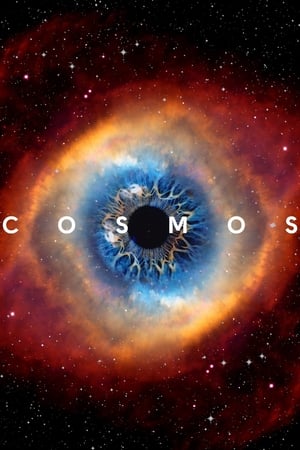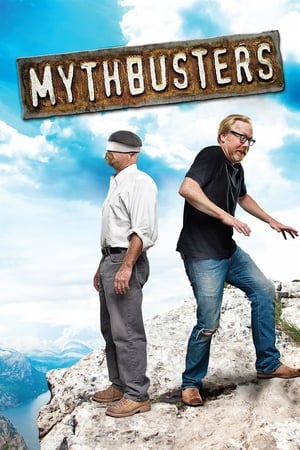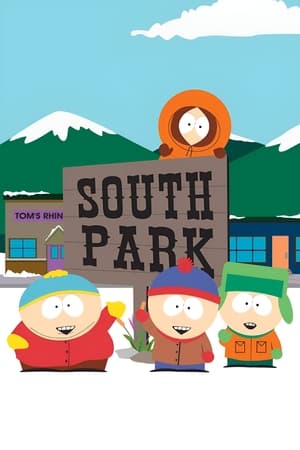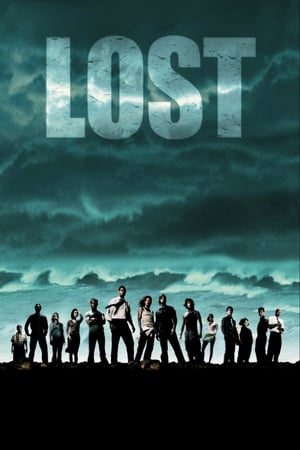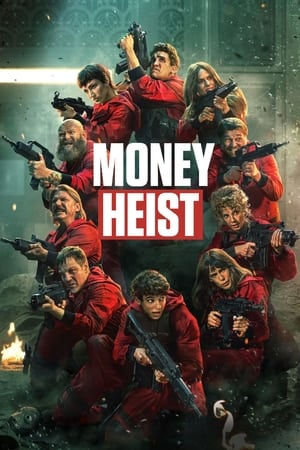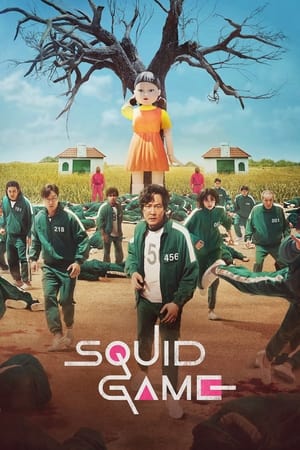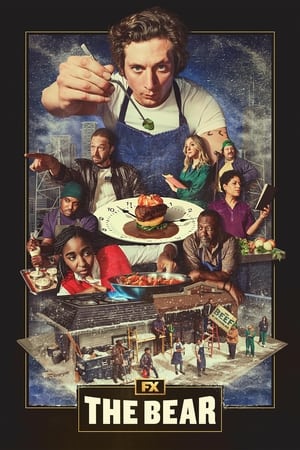
Horizon 2000 Valley of Life or Death 2000
At the heart of the AIDS epidemic in Africa, there is a deadly mystery that has puzzled scientists for years. There are groups of people who are four times less likely to get HIV than other people, sometimes living just yards away, across a single valley - people with apparently similar behaviour and lifestyle. Scientists realised that if they could understand why these people are so much less vulnerable to the HIV virus, it might lead to an answer that could save millions of lives. And after 15 years of detective work it turns out there may be a remarkably simple answer: the high risk areas for HIV coincide with tribes who are uncircumcised. In Africa, it seems a man is much more likely to get HIV if he is uncircumcised. In Kaoma, Western Zambia, a young boy is on his way to the sacred Mukondaa - the tribal circumcision ground. Around him the tribal elders are gathered, dressed in their ceremonial garb, and vivid masks. But the young boy himself is an outsider, not from this tribe, and none of his relatives or ancestors have ever been circumcised. In fact, his parents are only prepared to break the taboo of their own tribe because they believe that circumcision could save his life by protecting him from AIDS. At first sight this belief seems like the kind of superstition to which desperate people often turn in times of plague. But now there is scientific evidence that suggests these people could well be right. There have now been twenty seven statistical studies that show a big difference in HIV infection between circumcised and uncircumcised men. For example, among the uncircumcised people of Kisumu in Western Kenya, a man is three times as likely to get AIDS than his circumcised neighbours. Among truck drivers in Mombasa the difference is four-fold. Horizon travels across Africa, tracing the work of scientists who have unearthed the statistical data behind this correlation. At the same time microbiologists have been battling to understand the complex and insidious virus, and their work indicates that the foreskin may be a key entry point for HIV. The logical conclusion for these scientists is that if you remove the foreskin, you begin to protect the man. No-one believes that circumcision can protect completely - the evidence so far only indicates that it reduces the risk of infection by HIV, and then only during heterosexual sex. Unquestionably, condoms are still the best protection. But in the many countries where the use of condoms is minimal, it seems that circumcision might help to reduce the spread of AIDS. In the absence of a vaccine for AIDS, and the lack of condom use in the developing world, should governments think the unthinkable and encourage the circumcision of young boys in non-circumcising tribes as a public policy? Opposing this idea are the voices of tribal elders who are loath to change tribal traditions that have existed for generations, and a fierce Western anti-circumcision lobby which believes that circumcision is a form of mutilation and violates basic human rights.
- Released: 2000-11-16
- Runtime: 60 minutes
- Genre: Documentary
- Stars:
- Director:
-
1. Breath of Life 2000-01-12
-
2. The Lost City of Nasca 2000-01-20
-
3. The Diamond Makers 2000-01-27
-
4. Supervolcanoes 2000-02-03
-
5. Miracle In Orbit 2000-02-03
-
6. Complete Obsession - Body Dysmorphia 2000-02-17
-
7. Is GM Safe? 2000-03-09
-
8. Planet Hunters 2000-03-16
-
9. Moon Children 2000-04-04
-
10. Mega-tsunami: Wave of Destruction 2000-10-12
-
11. Conjoined Twins 2000-10-19
-
12. The Lost World of Lake Vostok 2000-10-26
-
13. Vanished: The Plane that Disappeared 2000-11-02
-
14. The Secret Treasures of Zeugma 2000-11-09
-
15. Valley of Life or Death 2000-11-16
-
16. Extreme Dinosaurs 2000-11-23
-
17. Supermassive Black Holes 2000-11-30
-
18. The Boy who was Turned into a Girl 2000-12-07
-
19. Atlantis Reborn Again 2000-12-14










